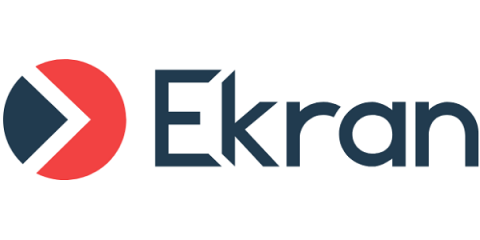Security | Threat Detection | Cyberattacks | DevSecOps | Compliance
Insider Threats
The latest News and Information on Insider Threats including employee monitoring and data privacy.
When To be Suspicious About Work-From-Home Employees (or Not)
Perhaps someone doesn’t answer a Slack message as quickly as they should, or they have long hours blocked on their calendar. Maybe someone doesn’t seem motivated during team meetings or they are slow to complete work. While research has shown that overall, productivity has actually increased as a result of the work-from-home movement, managers know all too well what it’s like to be suspicious that someone is taking advantage of their new work arrangement.
8 Poor Privileged Account Management Practices and How to Improve Them
Avoid These Employee Monitoring Blunders
In September 2021, 45% of full-time employees were still working remotely, and the trend is hard to reverse. People like the freedom of working from home. Without a commute, they save time. Without a boss looming in the background, they can multi-task at home. And, without an office full of colleagues, they don’t have to worry about dressing up or having water cooler chit-chat. While employees see these changes as positives, businesses see remote workers as a bit of a risk.
Addressing Insider Risk with Netskope Intelligent SSE
We’d like to think of our coworkers as trusted team members, collaborating on a shared mission to make positive contributions to the well being of the company. For the most part, this is true, but we must also recognize that our coworkers are individuals who may conduct themselves in ways that are detrimental to the company.
Insider Threat Detection
Insider threat incidents have increased by 44% over the past two years, and the cost of an incident now tops $15.3 million, according to the 2022 Cost of Insider Threats report from Ponemon. To defend against this pressing security — and business — risk, organizations need a comprehensive insider threat detection strategy. This article provides extensive guidance to help you get started building an effective program.
How to Rebrand 'Bossware' at Your Company
Gone are the days where bosses could simply walk by an employee’s desk and peek at their computer screen to see if they were on task. At the end of last year, 45% of full-time employees worked from home at least part of the time, and many want to keep it that way. Enter employee monitoring, not-so-affectionally known as “bossware.” It’s software that companies install to better understand what it is their employees are doing all day.
HackerOne: Hacked from the Inside
When it comes to hackers exploiting vulnerabilities in their software, organizations have two choices: They can fight the multi-headed hydra — or they can try to buy them off. And thus was born the bug bounty. Of course the situation is a bit more complicated than that, but ever since Peiter C.
3 Critical Elements of Effective Insider Risk Management
Whether businesses are grappling with rapidly changing market conditions, continued pandemic disruptions, geopolitical conflicts, or shifting workplace arrangements, threat actors are looking to take advantage of the moment to undermine network integrity or compromise data privacy. In many ways, their efforts are bearing fruit. According to a recent industry survey, 66 percent of respondents indicated they experienced a ransomware attack in 2021, a 29 percent year-over-year increase.








